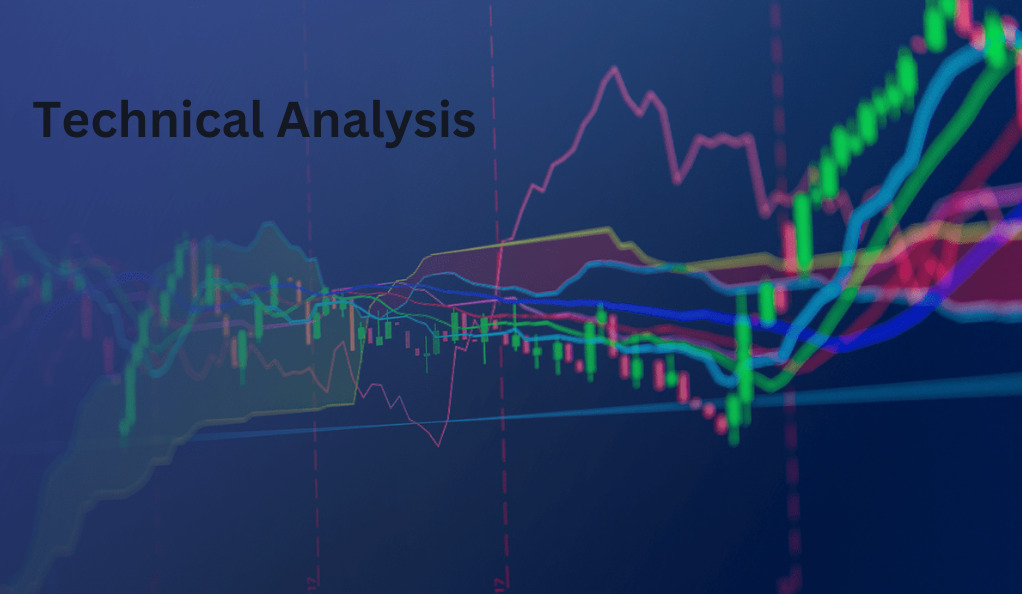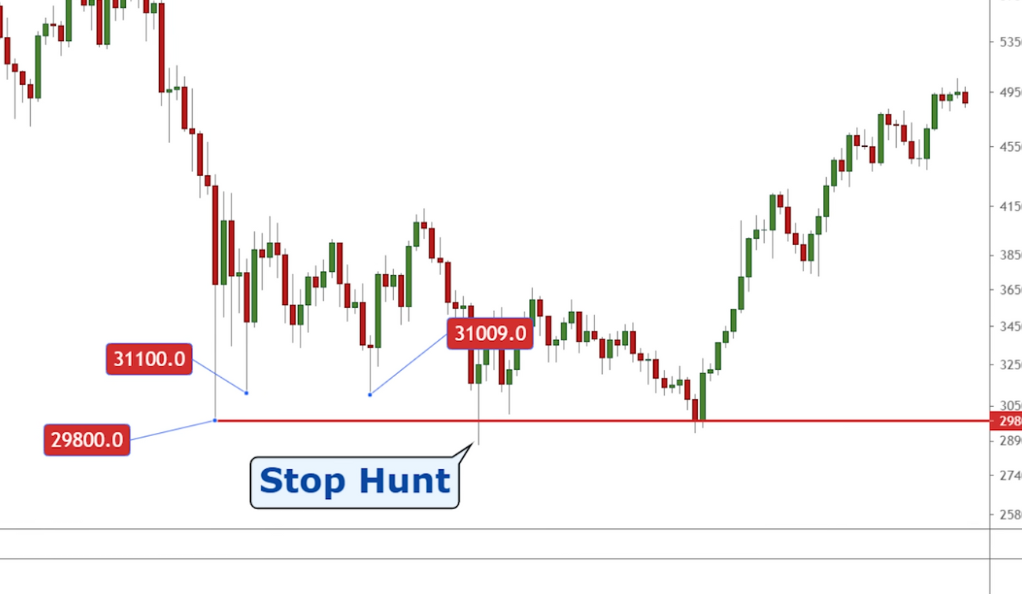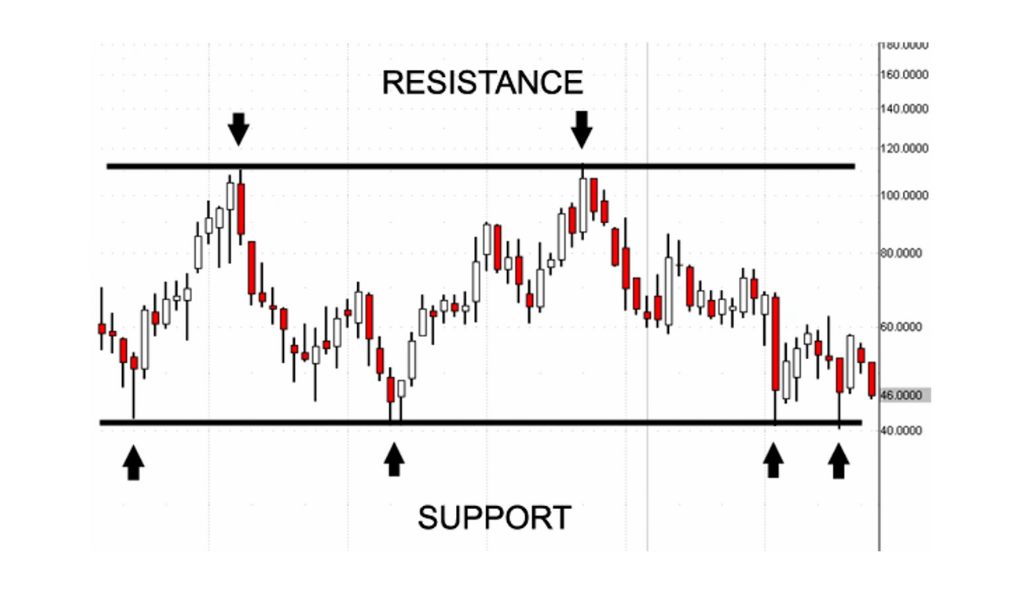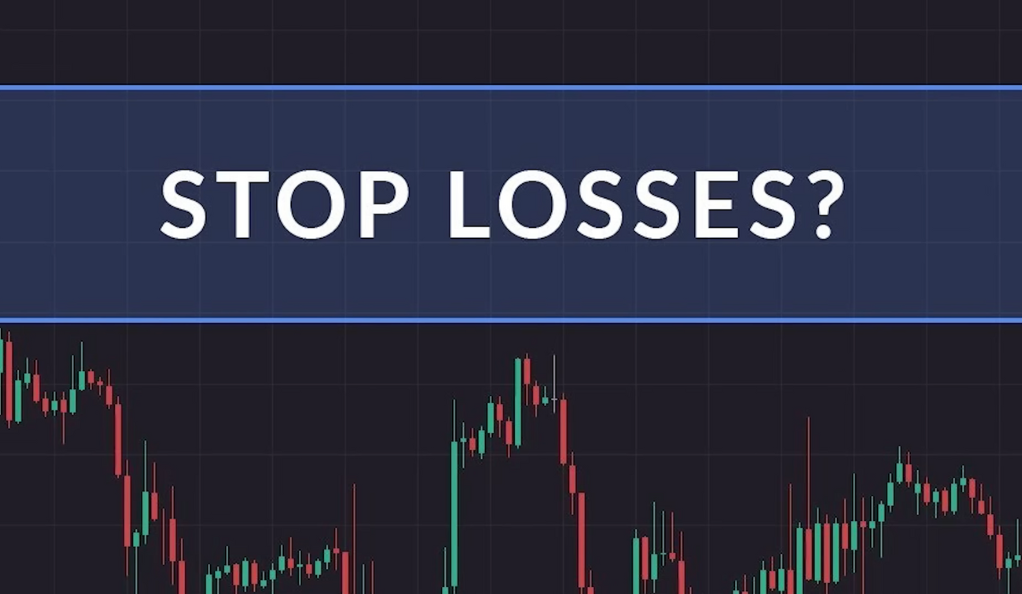Technical analysis is a hot topic in the world of trading and investing. Some traders swear by it, while others dismiss it as nothing more than financial astrology. But what do hedge funds, the giants of the financial world, think about technical analysis? Let’s delve into this intriguing question and explore the insights gleaned from various interviews with hedge fund managers.
The Diverse Opinions on Technical Analysis
The diverse opinions on technical analysis within the hedge fund industry stem from a variety of factors. Some hedge fund managers view technical analysis as an art, a subjective interpretation of market trends and patterns. Others see it as a science, a quantifiable and testable method of predicting market movements. The type of trading strategy employed can also influence a hedge fund’s view on technical analysis. Some traders have made fortunes using purely technical analysis, while others dismiss it as random lines on a chart. Ultimately, the profitability of a strategy determines its acceptance, regardless of its adherence to traditional views of technical analysis.

The Art vs Science Debate
The debate between viewing technical analysis as an art or a science is a longstanding one in the financial world. Corvin Codirla, an ex-hedge fund manager and systematic trader for JP Morgan, provides a unique perspective on this debate. He suggests that the perception of technical analysis varies greatly among hedge fund managers. Some view it as an art, a subjective interpretation of market trends and patterns. These traders believe that the ability to read charts and identify patterns is a skill that is honed over time, much like an artist perfecting their craft.

On the other hand, some view technical analysis as a science, a quantifiable and testable method of predicting market movements. These traders believe in the power of data and algorithms, and they see technical analysis as a set of rules that can be replicated and tested for reliability. In this view, if technical analysis can be written down as a set of rules that can be replicated, it becomes testable and therefore more scientific.
The Impact of Trading Strategies
The impact of trading strategies on the perception and use of technical analysis in hedge funds is significant. The type of trading strategy employed can greatly influence a hedge fund’s view on technical analysis. This is evident in the diverse opinions of hedge fund managers, as highlighted by Corvin Codirla, an ex-hedge fund manager and systematic trader for JP Morgan.
Some traders have made fortunes using purely technical analysis. These traders often employ strategies that heavily rely on chart patterns, trend lines, and other technical indicators to make trading decisions. They believe in the predictive power of these indicators and have developed systems that can profitably exploit these patterns in the market.
On the other hand, some traders dismiss technical analysis as random lines on a chart. These traders often employ strategies that are based on fundamental analysis, macroeconomic trends, or quantitative models. They believe that the movements of financial markets are driven by factors such as economic indicators, corporate earnings, and interest rates, rather than patterns in price charts.
Codirla suggests that the key takeaway from this perspective is that if a strategy is profitable, it doesn’t matter how unconventional it may seem. The ultimate goal of any trading strategy is to make money, and if a strategy achieves that goal, it is valid regardless of whether it adheres to traditional views of technical analysis.
In essence, the impact of trading strategies on the use of technical analysis in hedge funds is significant. It shapes their perception of technical analysis and influences how they use it in their trading decisions. Whether they view technical analysis as an art or a science, whether they rely on it heavily or dismiss it entirely, ultimately depends on the effectiveness of their trading strategies.
Stop Hunting and Trading
Stop hunting is a significant concept in the world of trading, particularly from the perspective of institutional traders like hedge funds. David Paul, a financial trader and managing director of VectorVest, provides valuable insights into this phenomenon.
Institutional traders, unlike retail traders, are taught to buy at good levels. They don’t wait for confirmations before entering a trade. This proactive approach can lead to a phenomenon known as stop hunting. Stop hunting is a strategy used by institutional traders to intentionally drive the price to a level where retail traders have set their stop losses, triggering a sell-off. This allows institutional traders to buy at lower prices and take advantage of the subsequent price rebound.

Stop hunting is essentially a game of cat and mouse between institutional and retail traders. Institutional traders, with their vast resources and market influence, can manipulate prices to trigger retail traders’ stop losses. This not only allows them to enter positions at more favorable prices but also increases market liquidity, which is crucial for executing their large trades.
However, this doesn’t mean that retail traders are helpless. By understanding the dynamics of stop hunting, retail traders can better protect their positions. One way to do this is by setting stop losses away from obvious levels. This can make it harder for institutional traders to trigger their stop losses and force them out of their positions prematurely.
In essence, stop hunting is a testament to the strategic nature of trading. It highlights the importance of understanding market dynamics and the strategies employed by different types of traders. It’s a reminder that trading is not just about analyzing charts and making predictions, but also about understanding the strategies and tactics of other market participants.
Support and Resistance in Hedge Fund Trading
Support and resistance levels are fundamental concepts in technical analysis and trading. They represent price levels at which a stock has historically had difficulty moving beyond. By identifying these levels, traders can make more informed decisions about when to enter or exit a trade.

An algorithmic trader who has worked with several small hedge funds, provides insight into whether hedge funds use support and resistance levels in their trading decisions. He suggests that larger hedge funds, dealing with billions of dollars, may not pay much attention to these levels due to liquidity reasons. The sheer volume of trades these large funds execute can significantly impact the market, making the traditional support and resistance levels less relevant.
However, smaller hedge funds may use support and resistance levels to time their entries and exits more precisely. These funds, while still managing substantial amounts of money, are not dealing with the same scale as their larger counterparts. They have more flexibility to fine-tune their trading strategies and can afford to pay closer attention to technical indicators like support and resistance levels.
While these levels may not be the sole basis for trading decisions, they can provide valuable insights that can help hedge funds optimize their trading strategies. For instance, if a stock price is nearing a resistance level, a hedge fund might decide to sell before the price potentially drops. Conversely, if a stock price is approaching a support level, the fund might see this as a buying opportunity.
The Controversy Around Stop Losses
Stop losses are a crucial tool in the arsenal of a trader. They are designed to limit a trader’s loss on a position by setting a price level that, if reached, triggers the automatic sale of the asset. However, the use of stop losses is not without controversy, as highlighted by Andre, a senior portfolio manager at Citizens Business Bank.
Presents a contrarian view on stop losses, arguing that tight stop losses are the main reason why most traders fail to make money. He suggests that if a trader is confident about a trade, they should have a wider stop loss to avoid being taken out of the trade prematurely. This view challenges the conventional wisdom of setting tight stop losses to limit potential losses.

Setting tight stop losses can lead to premature exits from potentially profitable trades. This is because market prices often fluctuate and can hit a stop loss before moving in the anticipated direction. By setting a wider stop loss, traders give their positions more room to breathe and can potentially avoid being stopped out due to short-term price fluctuations.
However, it’s important to note that setting wider stop losses also increases the potential for larger losses if the market moves against the trader’s position. Therefore, traders should base their stop loss levels on their confidence in the trade and their risk tolerance, rather than adhering to a one-size-fits-all approach.
In essence, the controversy around stop losses highlights the delicate balance that traders must strike between limiting potential losses and giving their trades enough room to realize their potential. It underscores the importance of tailoring trading strategies to individual risk tolerance levels and market outlooks.
Conclusion
In conclusion, the use of technical analysis in hedge funds is not a black and white issue. It varies greatly, influenced by factors such as the size of the fund, the trading strategy employed, and the individual trader’s confidence in a trade. Some hedge funds view technical analysis as an art, others as a science, while some use it as a tool in a larger toolbox of trading strategies. The concepts of stop hunting, support and resistance levels, and the use of stop losses also play significant roles in their trading decisions. Ultimately, the measure of a strategy’s worth in the world of hedge funds is its profitability.
Ainu Token aims to offer impartial and trustworthy information on cryptocurrency, finance, trading, and shares. However, we don't provide financial advice and recommend users to conduct their own studies and thorough checks.

Comments (No)